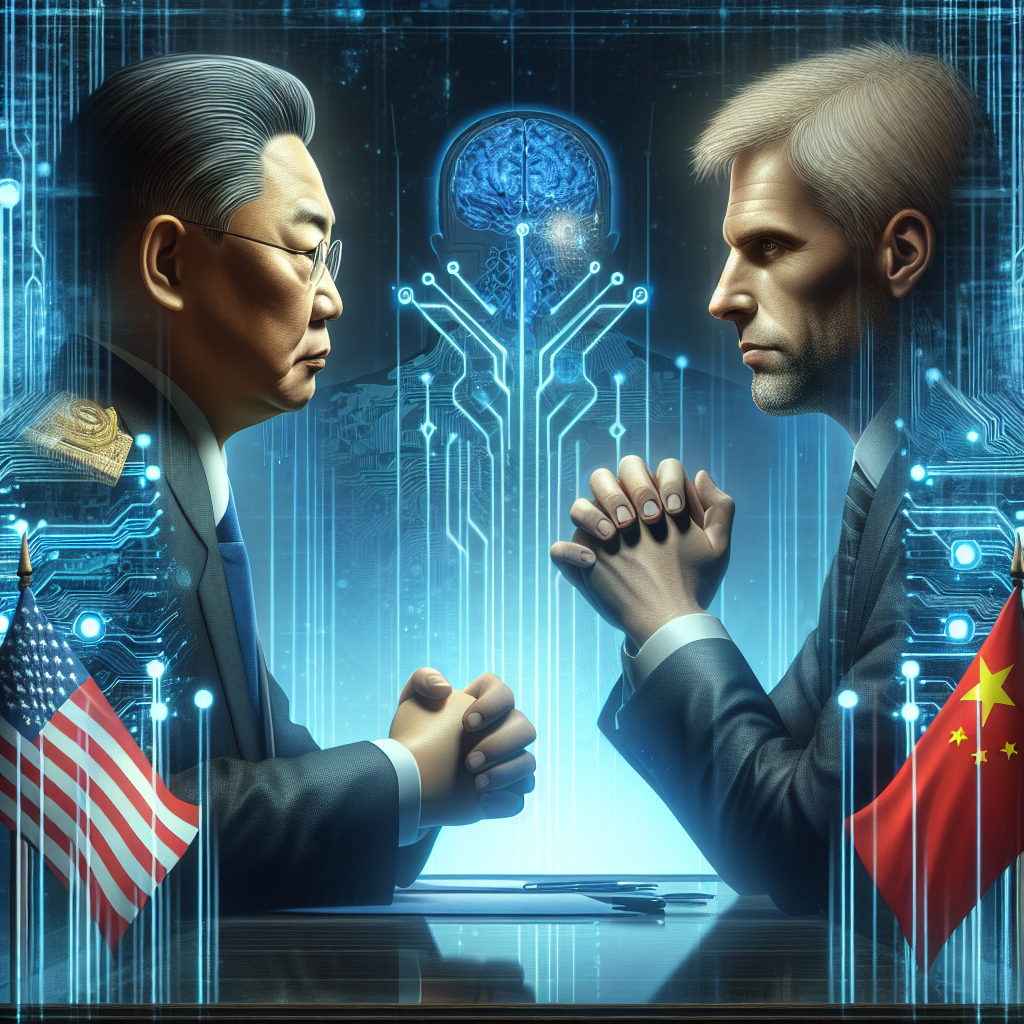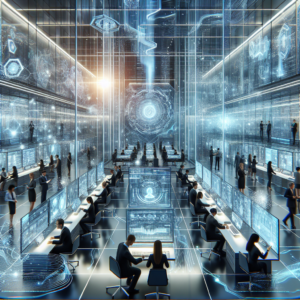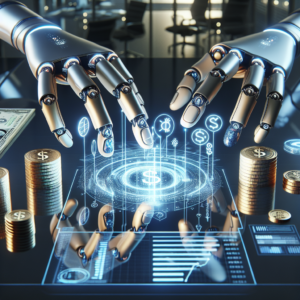China Slams Trump’s Tariffs With AI
In recent months, the landscape of global trade has been dramatically influenced by the ongoing tensions between the United States and China, particularly under the presidency of Donald Trump. With the implementation of various tariffs aimed to protect American industries, China has responded not just through traditional diplomatic channels but also by leveraging the power of artificial intelligence (AI). This move marks a significant shift in how nations engage in economic warfare and highlights the growing importance of technology in international relations.
The Context of Tariffs
In 2018, President Trump initiated a series of tariffs on Chinese goods, which he argued were necessary to address the trade deficit and protect American jobs. The rationale was that by imposing tariffs, American consumers would buy less from China and increase domestic production. However, these tariffs did not come without consequences.
The tariffs led to:
1. Increased prices for American consumers
2. Economic retaliation from China
3. Disruption in global supply chains
4. Increased tensions between the two nations
China, feeling the brunt of these policies, found itself in a position where it needed to react decisively. The traditional methods of counteracting tariffs, such as diplomatic negotiations and economic sanctions, were not yielding the desired outcomes. Instead, China turned to AI to craft a more sophisticated response.
China’s Use of AI in Trade Strategy
Artificial intelligence has transformed various sectors, and its application in trade policy is no exception. The Chinese government has recognized the potential of AI not only to enhance its economic competitiveness but also to serve as a tool in responding to external pressures like tariffs.
Some key areas where AI is playing a crucial role include:
1. Data Analysis: AI can process vast amounts of data to identify trade trends and consumer behaviors. This allows Chinese manufacturers to adjust their production strategies quickly in response to tariff changes.
2. Predictive Modeling: By utilizing AI-driven predictive analytics, China can anticipate the impact of U.S. tariffs on its economy and develop strategies to mitigate adverse effects.
3. Supply Chain Optimization: AI technologies can streamline logistics and supply chain management, ensuring that Chinese products reach global markets despite tariff barriers.
4. Economic Forecasting: With AI, analysts can better forecast economic conditions and market demands, allowing businesses to adapt promptly.
By integrating AI into its trade strategy, China is not only countering the effects of tariffs but also positioning itself as a leader in technology-driven economic policy.
The Impact of AI on Global Trade Relations
The emergence of AI as a tool in international trade has far-reaching implications. As nations increasingly rely on technology to shape their economic policies, the rules of engagement in global trade are evolving. Here are a few ways in which AI is influencing trade relations:
1. Enhanced Negotiation Strategies: Countries employing AI can analyze past trade agreements, outcomes, and failure points, enabling them to negotiate from a more informed position.
2. Increased Transparency: AI can help monitor compliance with trade agreements in real-time, ensuring that countries adhere to their commitments.
3. Competitive Intelligence: By leveraging AI, nations can gather insights on competitors’ actions and plans, further enhancing their strategic positioning.
4. Fostering Innovation: The integration of AI in trade policy encourages innovation within domestic industries, driving productivity and economic growth.
5. Potential for Cyber Warfare: As countries become more reliant on AI, there’s a growing risk of cyberattacks aimed at disrupting trade systems, raising security concerns.
The Future of U.S.-China Trade Relations
As the U.S. and China continue to grapple with their trade relationship, the role of AI will likely expand. The U.S. may need to reconsider its approach to tariffs and trade imbalances to avoid a prolonged economic standoff.
Key considerations for the future include:
1. Engagement Through Dialogue: Finding common ground through negotiations can lead to more sustainable trade relationships.
2. Technology Collaboration: Both nations can benefit from collaborative efforts in technology, focusing on mutual growth instead of competitive rivalry.
3. Global Standards: Establishing global standards for AI in trade can help address concerns around ethics, security, and compliance.
4. Regulatory Frameworks: Developing regulatory frameworks that guide the use of AI in trade can help manage risks associated with this technology.
In summary, the trade relationship between the U.S. and China is complex and multifaceted. The incorporation of AI into China’s economic strategy in response to tariffs is a clear indication of how technology is influencing global trade dynamics. As both nations navigate this evolving landscape, the potential for cooperation, innovation, and conflict remains.
Conclusion
The ongoing trade tensions between the U.S. and China are reshaping the global economic landscape. China’s strategic use of AI to counteract Trump’s tariffs illustrates the innovative approaches nations may take in economic warfare. As both countries adjust to these new realities, the international community will be watching closely to see how AI continues to redefine the rules of trade, diplomacy, and international relations in the years to come.
In this era of rapid technological advancement, it’s clear that the future of trade will not solely depend on tariffs and negotiations but will increasingly rely on the capabilities and strategies enabled by artificial intelligence. As nations strive for economic stability and growth, the role of AI will be pivotal in ensuring that they remain competitive in a constantly evolving global market.



